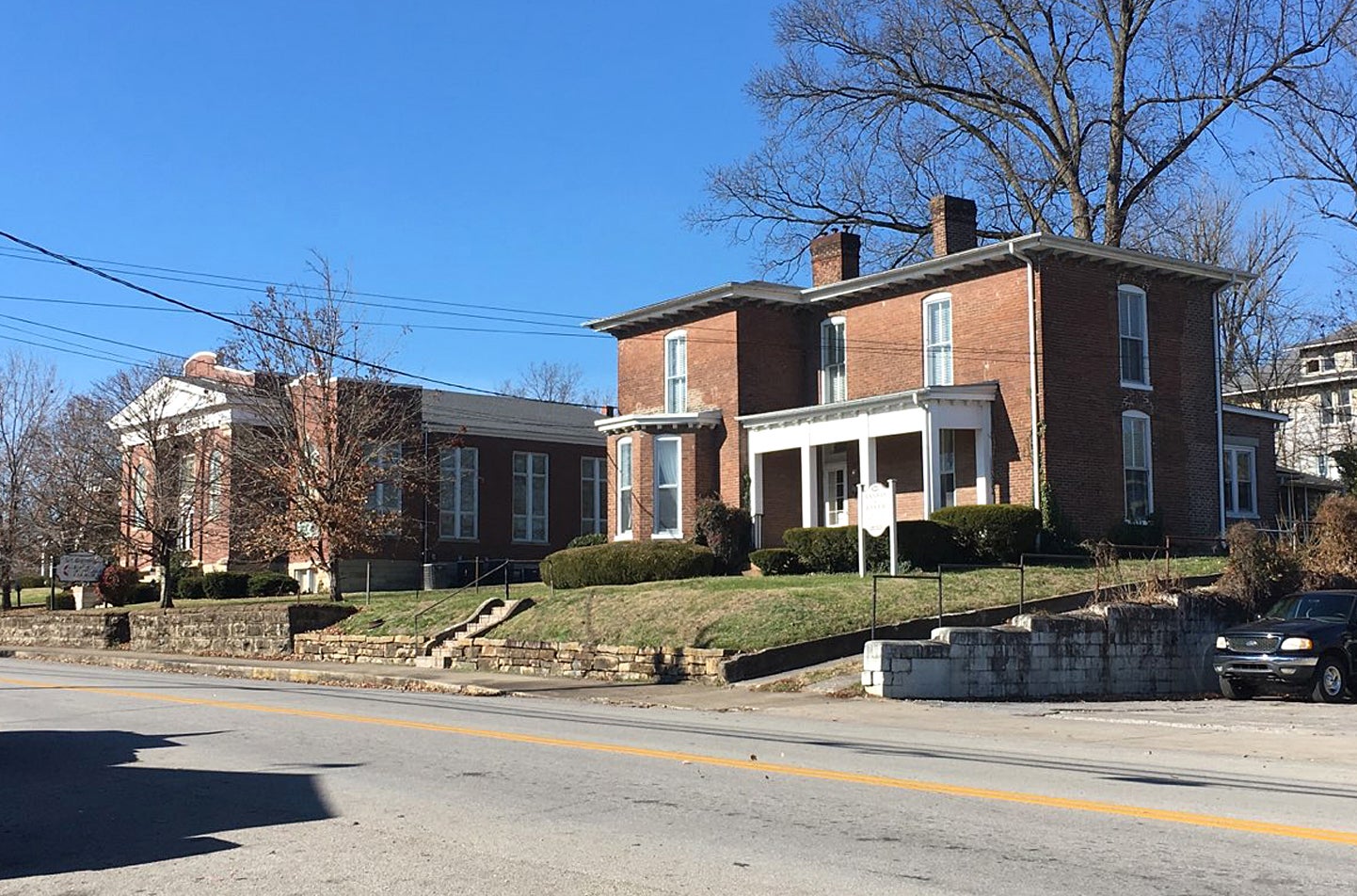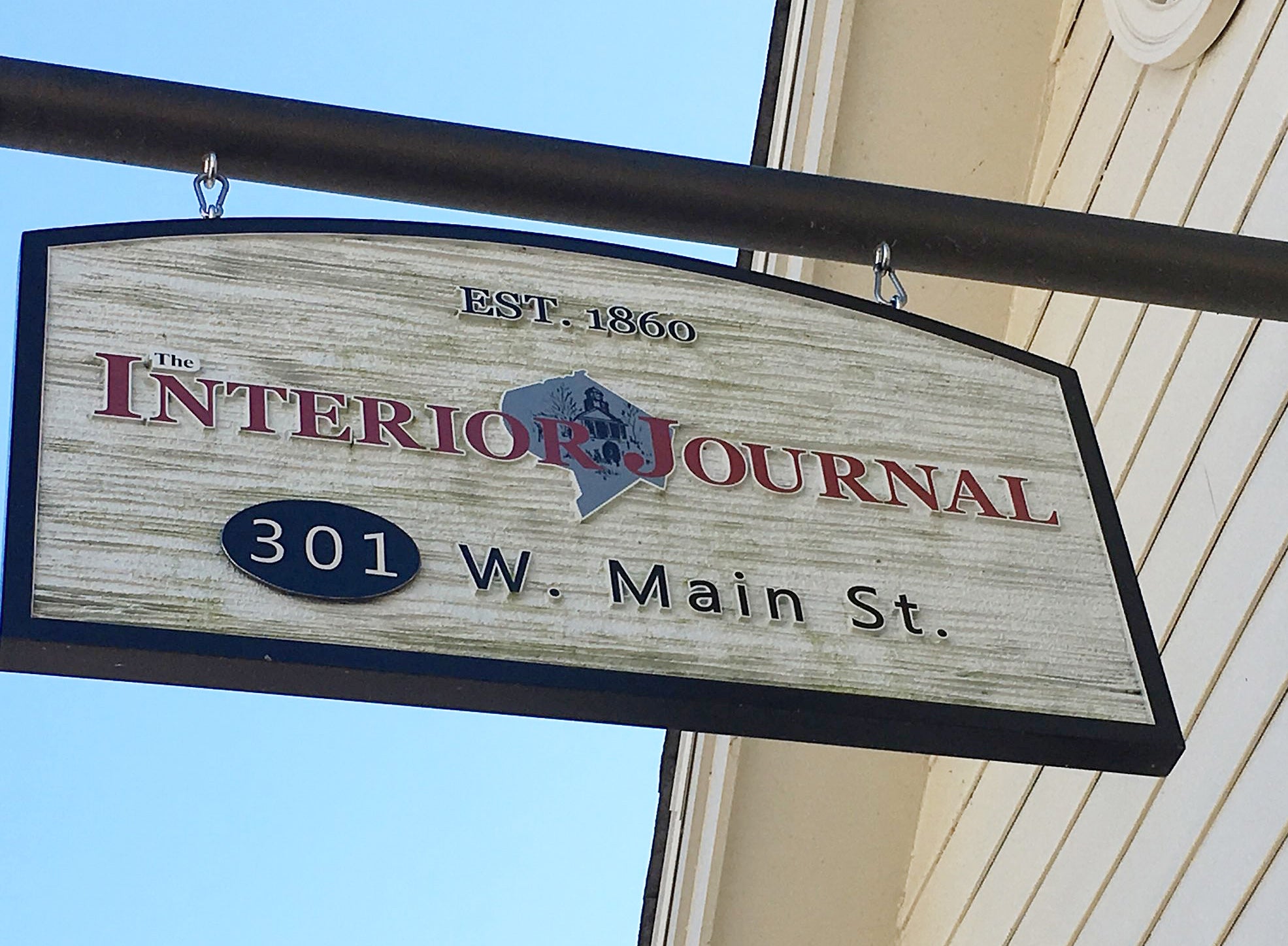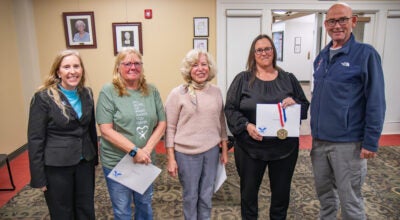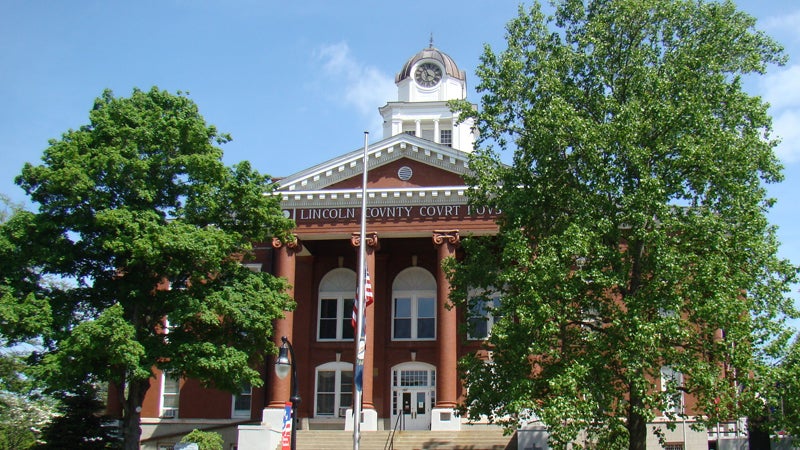Stanford city addresses to change due to geospatial readdressing
Published 2:43 pm Tuesday, November 26, 2019
|
Getting your Trinity Audio player ready...
|
STANFORD — Nearly all the addresses in Lincoln County, including the city limits of Stanford, will be changing soon.
Last spring, Lincoln County received a grant from the state to readdress the entire county to correct to geospatial addressing. Geospatial technology is a field of information technology that focuses on the geographical temporal and spatial context of data, which Russ Clark, director of Bluegrass 911 Central Communication Center, says means that “there is potentially an address every 5.28 feet.
Hustonville and Crab Orchard have already agreed to readdressing and Clark attended the November meeting of the Stanford City Council to see where it stood on the issue of readdressing.
“Being a city, you all have the luxury of saying yes or no to keeping addressing as is or going to the new style address,” he said. “I just need to know if you all would like to do that. We will do it locally and work with you all and give you all the information on it.”
“My big concern if you don’t go ahead and readdress is, when you go out and annex property out into the county, you may end up with big gaps in numbers. I know of one city in particular that chose not to do that and within 20 feet there is a 300 number difference in the addresses between two houses.”
Clark said that the idea of readdressing is not just to make a change for the sake of making a change.
“Readdressing will mean faster locating of homes by fire and EMS services,” Clark said, “Readdressing means fire and EMS won’t waste time trying to locate properties.”
Council member Ella Mae Curlis was the first council member with a question on readdressing.
“Now are you changing street names as well as addresses?” she asked.
“In the county we are on some of them,” Clark responded, “just to make it easier on fire and EMS to find us. In the city, everything is pretty much individually named so there aren’t two streets with the same name. So we don’t need to change street names.”
“You’re saying you’re not messing with any names. It’s just house numbers,” Council member Dalton Miller said. “And we’re not going to have three Greenbriars in the county?”
“Or Loop 1, 2, 3, 4 of 1247?” added Curlis.
“No,” Clark assured them.
Mayor Scottie Ernst then verified what the actual change would be, saying “So it will be the numbers that change. Like 609 East Main is going to be a different number.”
Clark confirmed what Ernst said, expanding a little further on the subject.
“It will still be East Main but doing it by GPS it might be 107, depending on how far out it is from the center of town,” he said. “All of the addresses start at the center of town, which would be at the center of the intersection of Lancaster and Main Street and will go out toward the county line. It’s geospatial. If your address was 500 you would be half a mile from the center of town.”
“What they did in the cities is they used a block system, which is the first block has all 100 numbers, the second block all 200 numbers. But where you get into issues is with some of your bigger, older homes. If somebody buys those, tears them down and puts in new houses, because their address was 104, one on one side was 102 and the other was 106, there’s nowhere for us to put an address in there. Geospatially we can put those addresses how they should be.”
He went on to say that rural addressing has been a mess with same names used on multiple roads.
“Has any of the counties around us changed?” asked Curlis
Clark noted that Garrard County did years ago but was not aware of other surrounding counties.
“I just wonder what kind of mess it was for the post office, the electric company, KU …,” Curlis asked.
“What we’ve done is provide the post office with a list of old addresses and new addresses,” Clark said. “Most post masters love it … We provide the utility companies with a list of old addresses and new addresses. We provide PVA their parcels numbers for old addresses and new addresses.”
Curlis interrupted immediately saying, “You wouldn’t have to do that. I don’t care if I get my tax bill.”
Miller questioned how readdressing would affect multi-family buildings.
“What about an apartment complex? How does that work there?” he asked.
“The address would be the address of a complex and then 1,2,3,4 and so on,” answered Clark. “Duplexes we like to give individual addresses. It helps police officers because, if they have to serve warrants, they won’t hear, ‘He doesn’t live in A. He lives in B.’ There would not be the confusion.”
Clark informed the council that is would take approximately 60 days to handle readdressing. He said the city could look at it being implemented around the first of February or March and that letters would be sent out to inform the residents.
It was jokingly asked of Clark, “To which address is the letter being sent?’ He said the old addresses would be used but that there had been problems when they readdressed Crab Orchard.
“We went to PVA, which is suppose to have all the tax records. We sent the letters to the addresses on record. And we had 15 or more that we got back,” he said. “So I don’t know who’s paying the taxes in Crab Orchard.”
“We have people ask every day, ‘Why can’t my address stay the same?’ Its not in line with everything. It’s not hard to make an address change.”
The county is going geospatial effective February 1.
The council weighed in with Stanford Police Chief Zach Middleton and Stanford Fire Chief Scott Maples on their take of the issue.
“We have an advantage now because we know where everything is at,” said Middleton. “You tell me what house I’m going to and I more than likely know the name of the person who lives there. But I can see where it would have an advantage. For example, we had two officers in a fight, literally, for their lives. We had to have Garrard County units come over. Our Sheriff’s Office units, they called for back up because all four were in a fight for their life so Garrard County had to come over and they had the address. Luckily, one of the officers lived here and knew where to go but the others didn’t. With geospatial they would have known. I can see both sides. From a first responder and emergency standpoint we’re going to know exactly 100 percent where we are going.”
Maples agreed, saying, “Myself, I was raised here so I know a lot of places.” But he pointed out that some places can be hard to find because they don’t have their house numbers up now.
“How are we going to make people put their correct address on their house when it’s changed?” he asked. “The city has an ordinance to have an address on their property. If they don’t, it’s really going to mess up first responders.”
Ernst asked if readdressing would eventually be mandated and Clark answered in the affirmative.
“If we don’t do it now and five years from now we’re forced to do it, we pay for it then, don’t we?” asked Council member Ronnie Deatherage. “What would be the cost?
“It’s more in depth than what people would think,” said Clark.
“So, right now, it costs us nothing to readdress. Do it now for free or do it later and it costs us money. I’m taking free,” Miller said. “I make a motion we do geospatial readdressing.”
Council member Naren James seconded the motion but said, “I just hate to lose my address. It’s too painful for me.”
The council vote was 6-0, with Deatherage, Curlis, Miller, James, Peggy Hester and Sara Givens all voting yes to accept readdressing the city.
In other city business
• Randy Denham asked the city to support a new tourism committee to promote the town and its businesses. He also said that the planning stages for 2025 to celebrate the 250th anniversary of Daniel Boone blazing the Wilderness Trail are underway.
• The council discussed repairing a large dip in the road on Herndon Avenue.
• Announced the hiring of Bonnie Kolasa as the new assistant city clerk.
• The council thanked Stanford Baptist Church and Justin Carter for coordinating this year’s Halloween on Main Street. Ernst gave kudos to the group and all who participated for the successful event.
• Mayor Ernst announced that the stanfordky.gov website will soon be up, possibly December. The website, which will be ADA compliant, was free. It can be used to make debit or credit card payments on taxes. There will be a fee for credit card users.
• The committee to discuss options for moving city hall and the police department told of some of the places that had been talked about, including the old hospital or the Holton House two doors down from city hall. They also mentioned building a new building, which would entail buying new land for the facility. No proposals or motions were made. Leasing was also mentioned as an option.
• Dalton Miller brought before the council the idea of increasing paid vacation and sick time as an incentive to city employees. He suggested raising the current 192 hours of sick time and 120 hours of paid vacation to 320 hours sick time and 160 hours vacation time. “I think it’s a good gesture to all employees,” Miller said.







